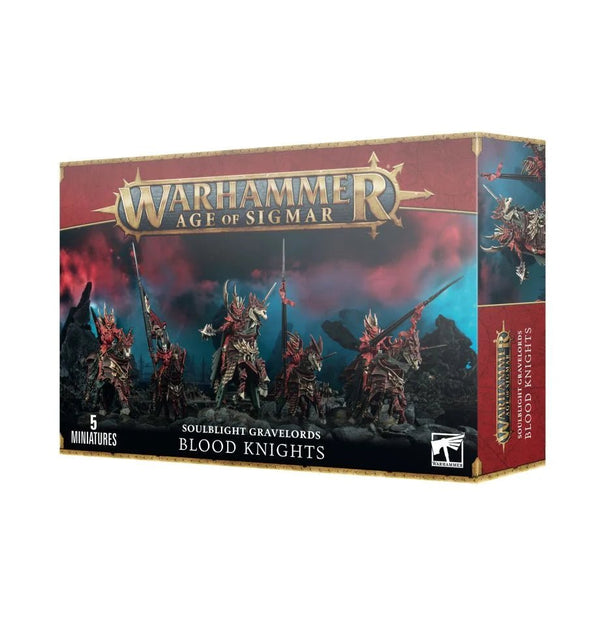Recommended Paint
Product title
Vendor
£19.99 | £24.99
Product title
Vendor
£19.99 | £24.99
Product title
Vendor
£19.99 | £24.99
Product title
Vendor
£19.99 | £24.99
Product title
Vendor
£19.99 | £24.99
Product title
Vendor
£19.99 | £24.99
Product title
Vendor
£19.99 | £24.99
Product title
Vendor
£19.99 | £24.99
Product title
Vendor
£19.99 | £24.99
Product title
Vendor
£19.99 | £24.99
Product title
Vendor
£19.99 | £24.99
Product title
Vendor
£19.99 | £24.99
Product title
Vendor
£19.99 | £24.99
Product title
Vendor
£19.99 | £24.99
Product title
Vendor
£19.99 | £24.99
Product title
Vendor
£19.99 | £24.99
Bedecked in rusting weapons and wearing the fading scraps of once-proud armour, Deathrattle Skeletons are the unflinching core of many a Soulblight vampire's army. Not only are they tireless, remorseless warriors, but also diligent workers in the fields of the Deathrattle Kingdoms, ruled over by Wight Kings as the shining ideal of Nagash's entropic necrotopia.
While not the greatest of soldiers individually, Deathrattle Skeletons advance across the battlefield in an unending tide of clanking bones and steel, and make up for their shortcomings with sheer numbers. Even those who think they've struck down their grinning, soulless opponents find that the death-magics of Shyish cannot be denied, and the skeletons rise again for another go.
Product title
Vendor
£19.99 | £24.99
Product title
Vendor
£19.99 | £24.99
Product title
Vendor
£19.99 | £24.99
Product title
Vendor








